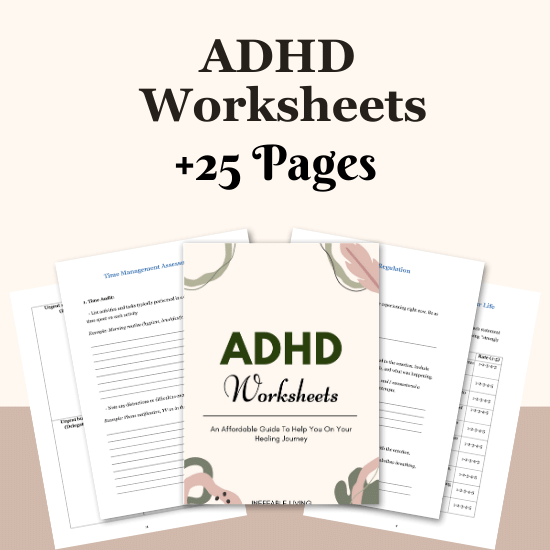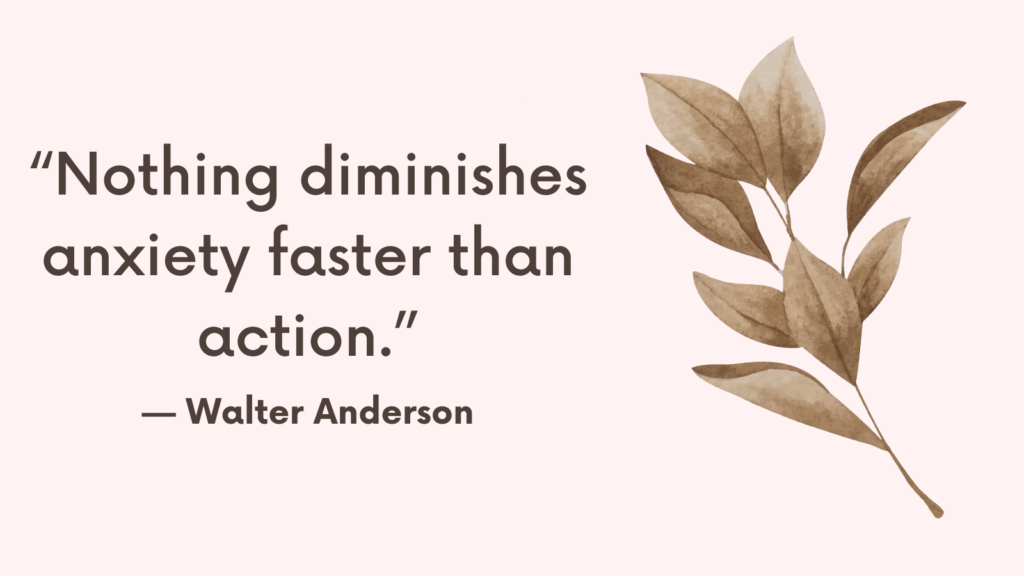Decision making can be challenging for anyone, but for those struggling with executive dysfunction, it can feel nearly impossible.
Executive dysfunction affects your ability to organize, plan, and execute tasks, often leading to decision paralysis and overwhelming procrastination.
In this blog post, we’ll explore the concept of executive dysfunction, how it impacts decision making, and strategies to overcome these challenges.
What Is Executive Dysfunction?
Executive function refers to a set of mental skills that include working memory, flexible thinking, and self-control.
These skills are essential for managing life’s tasks, such as organizing, planning, and making decisions.
When these skills are impaired, it is referred to as executive dysfunction.
This can manifest in various ways, including difficulty starting tasks, trouble with time management, and struggles with prioritizing tasks.
The Impact of Too Many Choices
In today’s world, we are bombarded with choices. From deciding what to wear, to choosing a career path, the number of options can be overwhelming.
This phenomenon, known as “choice overload,” can lead to decision paralysis, where the sheer number of options prevents us from making any decision at all.
Barry Schwartz, in his TED Talk on the paradox of choice, explains how having too many options can make decision-making more difficult and less satisfying. (source)
When faced with numerous options, we may become overwhelmed, second-guess our choices, and feel less satisfied with the decisions we do make.
This is particularly problematic for those with executive dysfunction, as the added complexity exacerbates their existing difficulties.
Related: Am I Indecisive Quiz (& How To Overcome Indecisiveness & FOBO In 8 Powerful Steps)
How to Make Decisions When You Struggle with Executive Dysfunction?
To support your executive functioning and improve decision making, it’s important to create structures and strategies that help manage the process. Here are five effective strategies:
1. Limit Your Options
Simplify your decisions by reducing the number of choices.
This can be done by pre-deciding certain elements or setting constraints on your options.
For example:
– Wardrobe: Create a capsule wardrobe with a limited number of interchangeable pieces.
– Meals: Plan a rotating menu for the week to reduce the daily decision-making burden.
– Routine Decisions: Establish routines for daily tasks to minimize decision fatigue.
By limiting your options, you reduce the cognitive load and make it easier to make decisions.
Related: Are You a Procrastinator Quiz? (+ Best 40 Tips To Stop Putting Things Off)
2. Make Things Visual
Visual aids can help manage working memory and organization.
Use tools like flow charts, lists, and index cards to map out your decisions and steps.
This makes abstract tasks more concrete and easier to handle.
– Flow Charts: Break down decisions into a series of smaller, manageable steps.
– Lists: Write down tasks and prioritize them by importance.
– Index Cards: Use cards to list options or steps, and physically move them around to see different configurations and sequences.
3. Break Down Tasks
Large tasks can be overwhelming. Break them down into smaller, more manageable steps. This approach helps to make progress more tangible and less daunting.
– Set Milestones: Divide a large project into phases or milestones.
– Daily Goals: Set small, daily goals that contribute to the larger task.
– Short-Term Focus: Concentrate on immediate, actionable steps rather than the entire task at once.
Related: Best 15 Books On How To Stop Procrastinating
4. Clarify Your Values
Understanding what is truly important to you can help streamline your decision-making process.
Engage in values clarification exercises to identify your core priorities in various aspects of your life, such as career, relationships, and personal growth.
– Values Clarification: Reflect on what matters most to you and why.
– Priority Lists: Rank your values and use them to guide your decisions.
– Regular Reflection: Periodically revisit and adjust your values and priorities as needed.
5. Set Time Limits
Give yourself deadlines to make decisions.
Time constraints can prevent overthinking and force you to act.
Use techniques like the Pomodoro Technique, where you work in focused intervals with breaks in between.
– Deadlines: Set specific deadlines for decisions.
– Timers: Use a timer to limit the amount of time you spend on a decision.
– Commitment: Make a decision within the time limit and commit to it without second-guessing.
Related: How to Identify and Set Non Negotiable Boundaries?

Conclusion
Decision making can be particularly challenging for those with executive dysfunction, but with the right strategies and support, it is possible to overcome these challenges.
By limiting options, making tasks visual, breaking down large tasks, clarifying values, and setting time limits, you can enhance your executive functioning and improve your decision-making process.
Remember, perfection is not the goal. The key is to make progress, even if it’s imperfect.
With practice and persistence, you can develop the skills needed to manage decisions more effectively and reduce the overwhelm associated with executive dysfunction.



